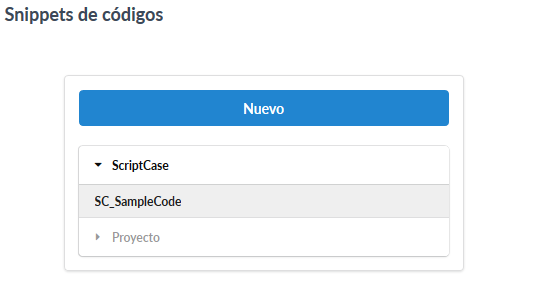

This question forces the trainee to consider how a focused physical exam might impact the differential being considered.

(Only make explicit if students actually comment) Ask a trainee what they would focus on during the physical exam. Teacher’s guide: Request trainees describe whether their initial differential involved using S1 and/or S2 reasoning S1 reasoning for someone with chest pain includes ACS, PE, and aortic dissection The radiation to the left leg might cause the students to pause and activate S2 reasoning.The clinician should step back (transition to S2) and consider other diagnoses. Teacher’s Guide: Clinicians alternate between System 1 and System 2 thinking-known as dual process theory of cognition Discuss when a clinician might transition from S1 to S2 reasoning (Ref 3): For example, an obese middle-aged woman presents with colicky RUQ pain initially this presentation activates pattern recognition and consideration of acute cholecystitis, however, ultrasound rules out this diagnosis.

pancreatic insufficiency) Invite trainees to share examples diff), a noninfectious inflammatory cause (i.e. Teacher’s Guide: S2 (Ref 2) Define: slow, analytical, and deliberate Discuss example: A patient with no clear risk factors presents with chronic diarrhea, abdominal pain, and leukocytosis – the differential includes infection (i.e.difficile colitis Invite trainees to share examples Teacher’s Guide: S1 (Ref 1) Define: intuitive, quick, reflexive, dependent on pattern recognition Example: A patient recently treated with antibiotics who presents with diarrhea, abdominal pain, and leukocytosis likely has … (then click) … C.


 0 kommentar(er)
0 kommentar(er)
